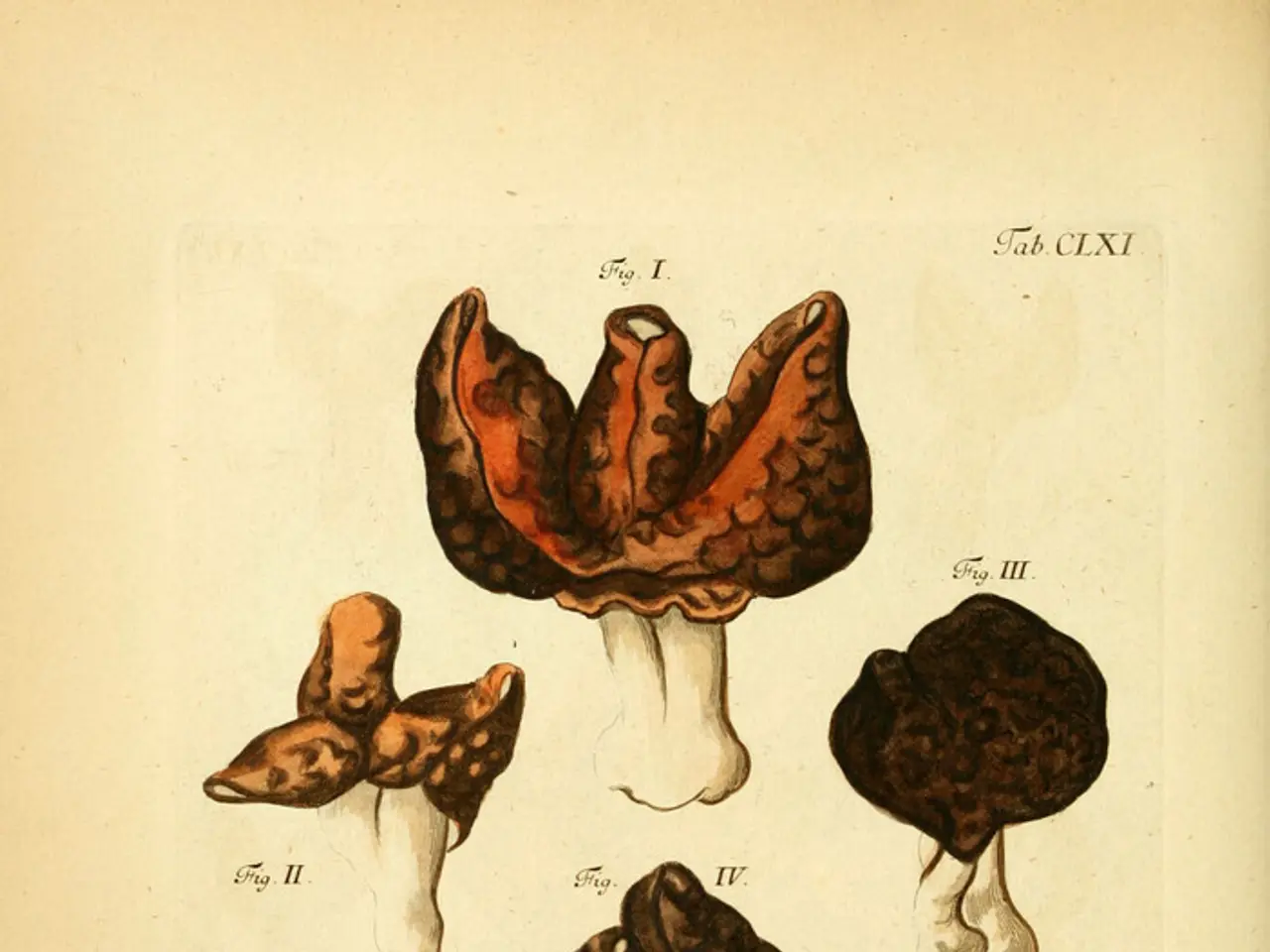Understanding Impetigo: An Overview
Impetigo, a common contagious skin infection, primarily affects infants and young children but can occur in individuals of any age. This article aims to provide a comprehensive overview of impetigo, its symptoms, causes, and treatments.
The underlying cause of impetigo is a bacterial infection, primarily by Staphylococcus aureus and sometimes Streptococcus pyogenes. Diagnosing impetigo typically involves a thorough examination by a healthcare professional, who will also take into account the patient's medical history, including any recent skin injuries, exposure to infected individuals, or previous skin conditions.
Impetigo can manifest in two forms: non-bullous and bullous. Non-bullous impetigo is the most common form, beginning as small red spots that develop into blisters, burst, and form a honey-colored crust. On the other hand, bullous impetigo is characterized by larger blisters filled with clear fluid, more common in infants. Both types are highly contagious, especially in crowded environments like schools and daycare centers.
Symptoms of impetigo include red sores or blisters, crust formation, swelling, and fever in some cases. In severe or widespread infections, oral antibiotics such as Cephalexin (Keflex) and Dicloxacillin may be necessary. Topical antibiotics like Mupirocin (Bactroban) and Retapamulin (Altabax) are often the first line of defense against impetigo.
Preventing the spread of impetigo involves practicing good hygiene, avoiding sharing personal items, and keeping wounds clean. Staying home when infected and educating others about the importance of hygiene and avoiding close contact with infected individuals can help prevent impetigo in community settings. Home remedies such as warm compresses, gentle cleansing, and aloe vera can complement the healing process and provide relief from symptoms.
Individuals with existing skin conditions, such as eczema or psoriasis, are at a higher risk for developing impetigo. Close contact, warm and humid weather, and crowded living conditions can also increase the risk. Weakened immune systems can also make one more susceptible to impetigo. Children aged 2 to 6 years are particularly susceptible to the infection.
It's crucial to seek medical attention if sores are spreading rapidly, there is significant pain or discomfort, fever persists or worsens, or the infection does not improve with home care. A thorough examination and history-taking are essential to differentiate between impetigo and other skin conditions.
By understanding the types of impetigo and taking preventive measures, we can help curb the spread of this contagious skin infection and ensure a healthier community.







